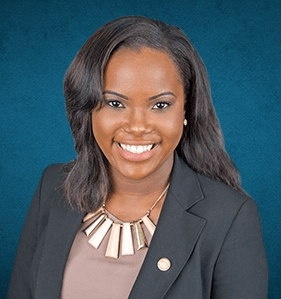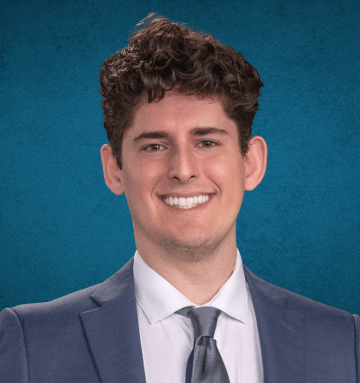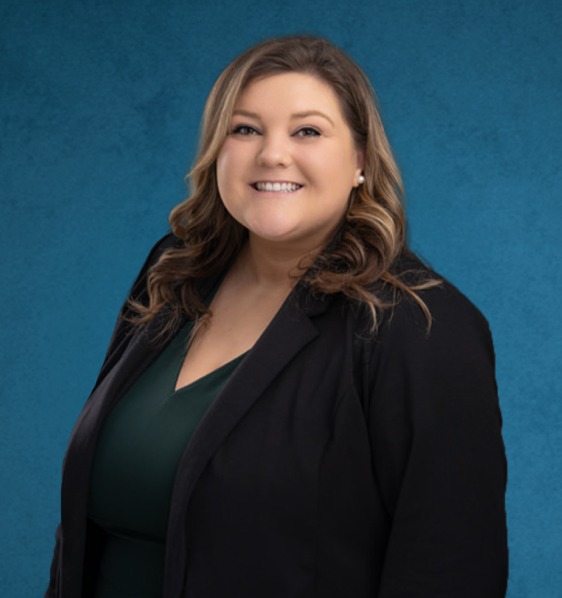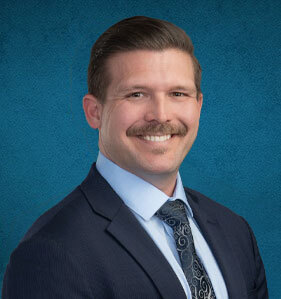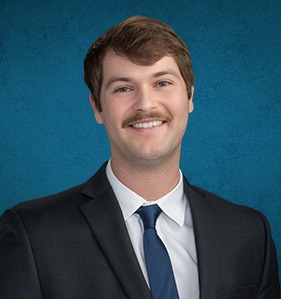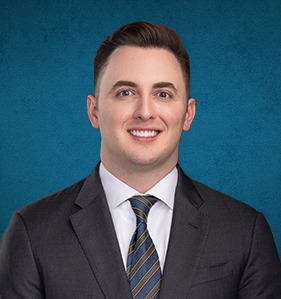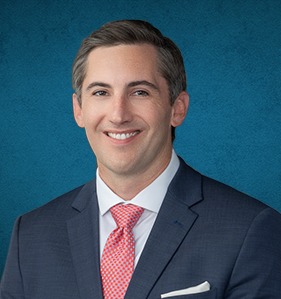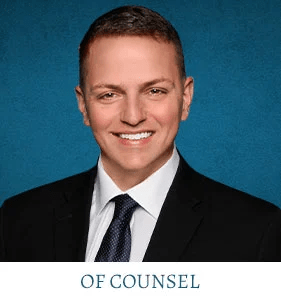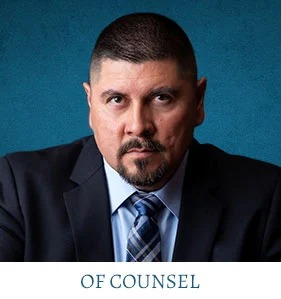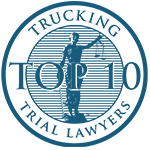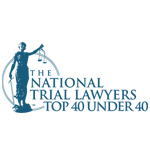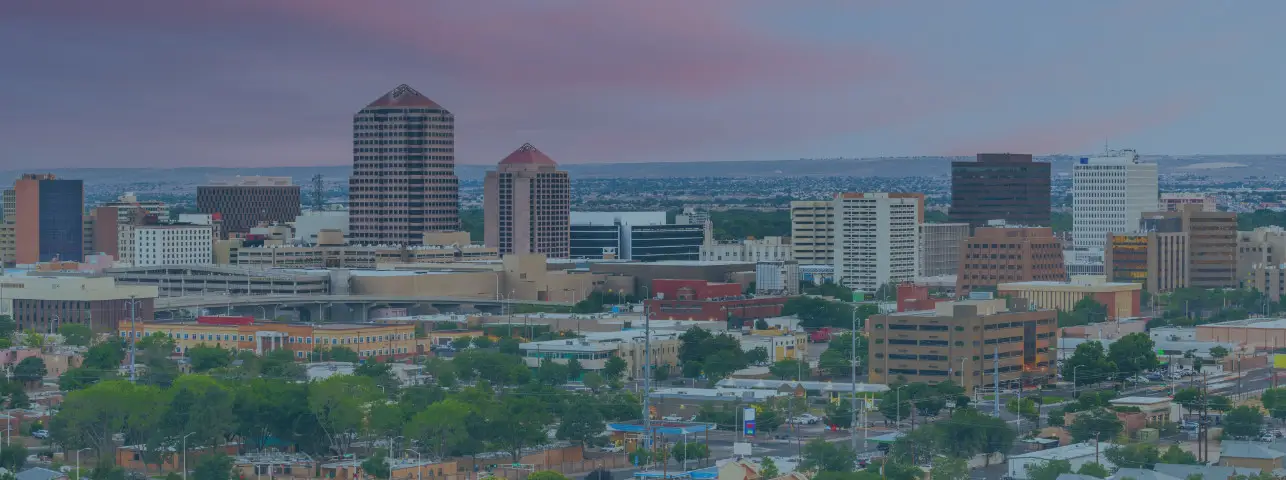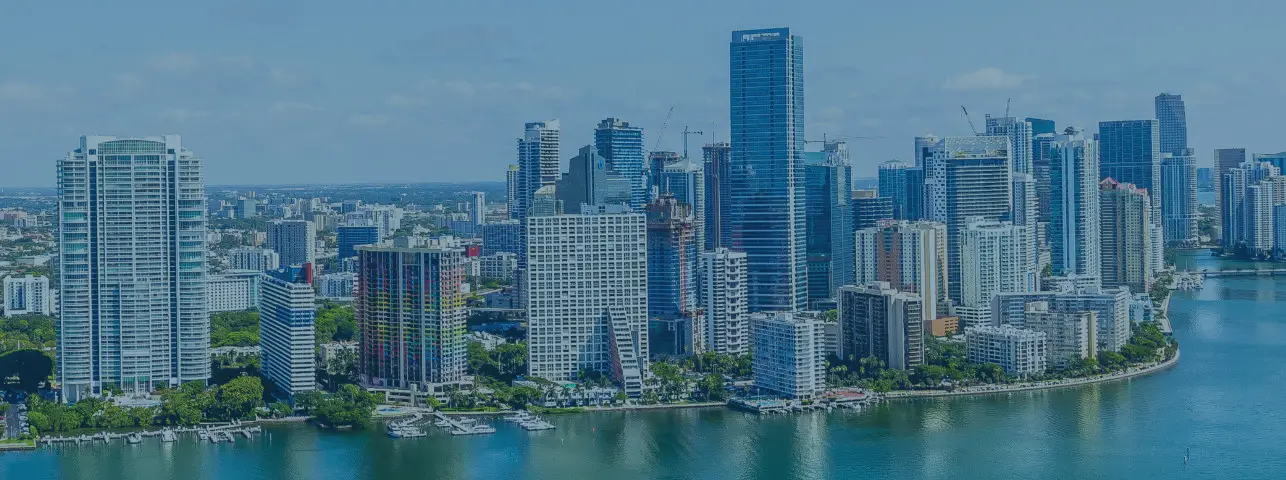https://zindalawgroup.wistia.com/medias/dpmmej046g
Motorcycles have become increasingly popular in recent years, but unfortunately, this also means an increase in motorcycle accidents. With the roads becoming more and more congested and more cars on the road, the chances of a motorcyclist getting involved in an accident are increasing.
Fort Collins personal injury lawyers can help clients injured in motorcycle accidents pursue fair compensation for medical bills and other damages. If you or a loved one has been injured in a motorcycle accident, call Zinda Law Group now to speak with a Fort Collins motorcycle accident lawyer.
What Damages Can You Recover With a Motorcycle Accident Claim?
When it comes to motorcycle accident claims, understanding the potential damages is crucial. These damages refer to the losses and injuries that the injured party suffered due to the motor vehicle accident. While each case is unique, there are common types of damages that are often pursued in motorcycle accident lawsuits.
Medical Expenses
One type of damage is medical expenses. Motorcycle accidents can result in severe injuries that require extensive medical treatment, including hospital stays, surgeries, medication, and physical therapy. Motorcycle accident victims can seek compensation for these medical bills to cover their costs, so be sure to retain all medical records pertaining to the accident.
Lost Income
Another type of damage is lost wages. If the injured party can’t work because of their catastrophic injuries, they can seek compensation for the income they have lost. This can include both current and future lost wages, as well as potential loss of earning capacity. Consult with our motorcycle accident law firm for help.
Pain and Suffering
Pain and suffering is another category of damages that can be pursued in motorcycle crash lawsuits. This refers to the physical and emotional distress that the injured party experienced due to the accident. It takes into account the impact on their quality of life, including any long-term disabilities or disfigurement.
Property Damage and More
Other damages that may be sought in a personal injury claim may include property damage (if the motorcycle was damaged in the accident), loss of consortium (for the impact on the injured party’s relationships), and punitive damages (in cases of gross negligence or intentional misconduct).
For a free legal consultation with a motorcycle accidents lawyer serving Fort Collins, call 800-863-5312
The Benefits of Partnering With a Motorcycle Accident Attorney in Fort Collins, CO
A personal injury lawyer specializing in motorcycle accidents can provide a wide range of benefits for injured people after a negligent party has caused their pain.
Understanding of Personal Injury Law
One of the primary advantages is their in-depth understanding of motor vehicle and personal injury law. Over the years, we’ve secured several multi-million dollar settlements for our motor vehicle accident clients. This experience allows them to easily navigate the complex legal process, ensuring their clients receive the best possible outcome.
Advocating for Maximum Compensation
Our lawyers are skilled negotiators who will fight tirelessly to advocate for fair compensation for their clients. They work closely with insurance companies and other parties involved in the accident, ensuring their clients receive the financial compensation they deserve.
Offering Guidance and Support
An experienced attorney provides invaluable guidance and support throughout the entire legal process. They take the time to explain the applicable laws and procedures, answer any questions their clients may have, and provide advice on the best course of action.
This guidance is particularly helpful for individuals who may not be familiar with the legal system or who are feeling overwhelmed by the aftermath of the accident.
Alleviating Stress
Additionally, working with a Fort Collins motorcycle accident lawyer can alleviate much of the stress associated with handling the legal aspects of a motorcycle traffic accident. These lawyers handle all the paperwork, communicate with insurance companies, gather crucial evidence, and stay in touch with the various parties involved, allowing their clients to focus on their recovery.
Motorcycle Accident in Fort Collins lawyers near me 800-863-5312
Understanding Motorcycle Laws in Colorado
To understand your rights after you have been involved in a motorcycle accident, it is helpful to understand Colorado’s motorcycle laws. Whether you were a motorcyclist or someone who was hit by a motorcycle, these laws show you the minimum safety rules by which motorcyclists must abide.
Passenger Laws
First, there are laws specifically pertaining to the passengers of motorcycles. Motorcycles must have footrests for passengers, and passengers must use the footrests. This is for the safety of the passengers so that they do not put their legs or feet anywhere that impacts the bike’s steering or stopping.
Additionally, passengers may not ride in front of drivers. Passengers must sit behind drivers on the seat or in a sidecar adjacent to the driver.
Safety Attire Laws
Next, Colorado’s laws regarding the proper safety attire for motorcyclists might surprise you. Even though helmets are proven to reduce injuries and save lives, Colorado does not require motorcycle riders to wear a helmet if they are over the age of 18.
While Colorado does not require helmets for motorcyclists, it does legally require eye protection. Windshields on motorcycles do not count as eye protection. Instead, drivers and passengers must wear a helmet with a visor, goggles, or eyeglasses made with safety glass or plastic.
Traffic Laws
Finally, people operating motorcycles might be tempted to do certain things while driving through traffic. They are more able than car drivers to do these things due to the unique features of motorcycles. The following acts are not permitted:
- “clinging” (when a motorcyclist attaches his or her vehicle to another vehicle)
- lane sharing
- lane splitting
For more information about Colorado laws, contact our team.
Click to contact our Fort Collins Personal Injury Lawyer today
Contact a Motorcycle Accident Lawyer in Fort Collins Now
In a bustling city like Fort Collins, motorcycle accidents have become all too common. The increasing number of motorcycles on the road and the unique risks that motorcyclists face make these accidents a significant concern. That’s why you need a Fort Collins motorcycle accident lawyer on your side.
With Zinda Law Group, injured parties can have peace of mind knowing that they have someone fighting for their rights and working tirelessly to ensure they receive the compensation they deserve. So if you find yourself in the unfortunate position of being involved in a motorcycle accident, don’t hesitate to contact us for a free case evaluation.
Call or text 800-863-5312 or complete a Free Case Evaluation form




